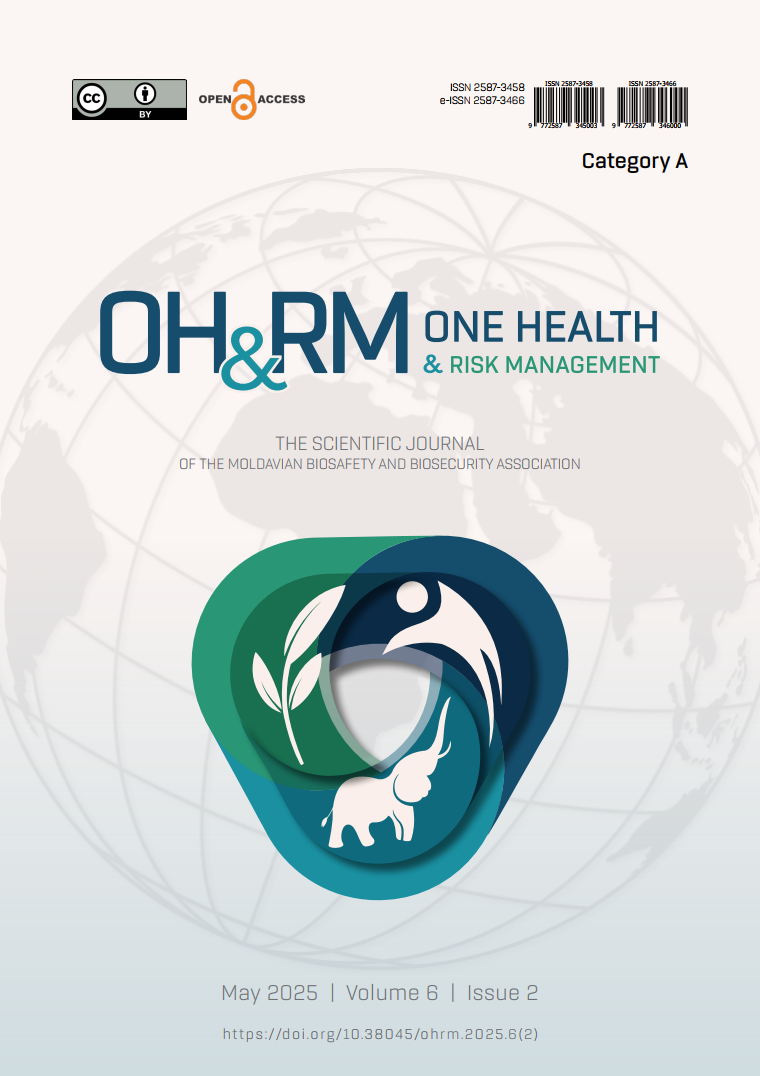Abstract
Introduction. In tropical rural communities, snakebite envenomation is among the main causes of morbidity and mortality. It results in shock, hemorrhage, tissue necrosis, and swelling. Diagnosing and identifying snake species is challenging, necessitating thorough clinical assessments and point-of-care tests. Hence this case series examines follow up on the course of clinical care and management of snake envenomation cases in Erode District, India, a location known for poisonous snakes such as the spectacled cobra (Naja naja), Russell’s viper (Daboia russelii), and common krait (Bungarus caeruleus).
Materials and methods. This case series summarizes the hospital experience of patients with snake envenomation who were hospitalized to a local government medical college and hospital.
Results. Five patients were confirmed or suspected of having been envenomated by a snake. Four patients received antivenom. The regional venom response team offered management guidance and antivenom. One patient’s hospitalization was protracted and worsened by respiratory failure and corneal dystrophies. All patients survived and were discharged.
Conclusions. This series emphasizes the necessity of early and comprehensive management measures to reduce morbidity and mortality from snake envenomation, as well as the need for ongoing research and interventions to improve patient care in a variety of clinical settings.
|
 Views: 477|
|
Views: 477|
|
This work is licensed under a Creative Commons Attribution 4.0 International License.
Copyright (c) 2025 Jeeven Susan George, Hemalatha Selvaraj , Afreen Munir , Arbind Kumar

